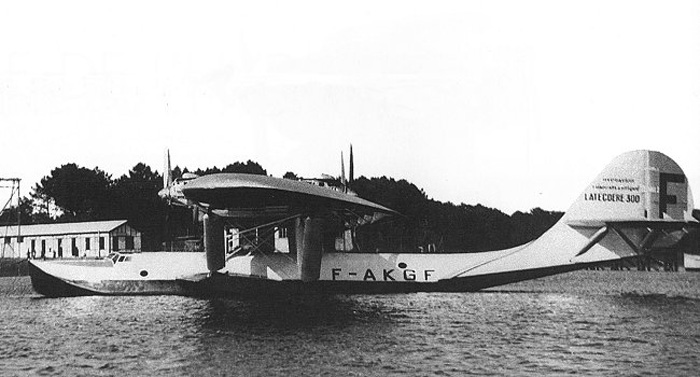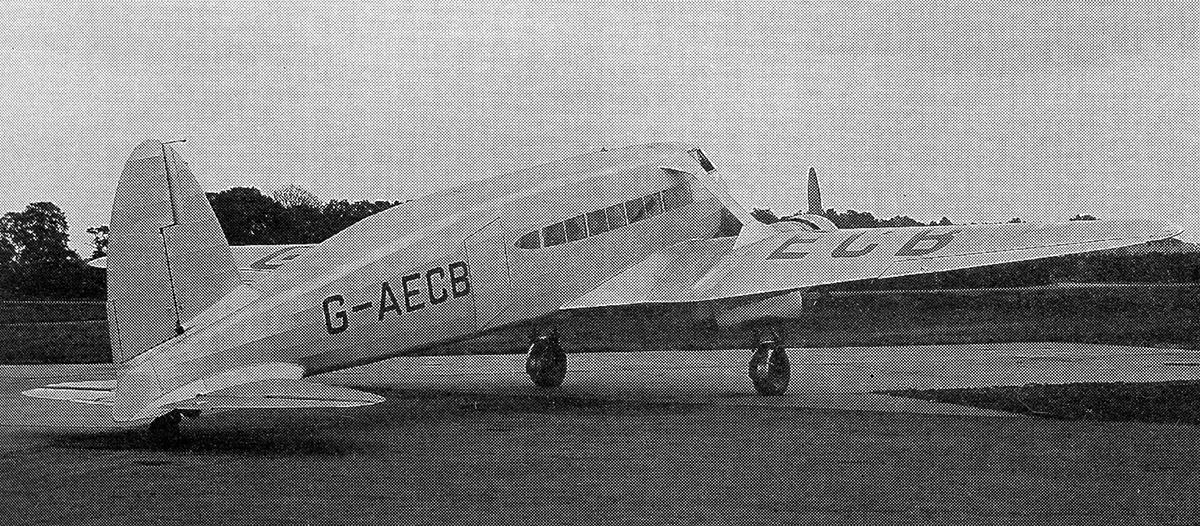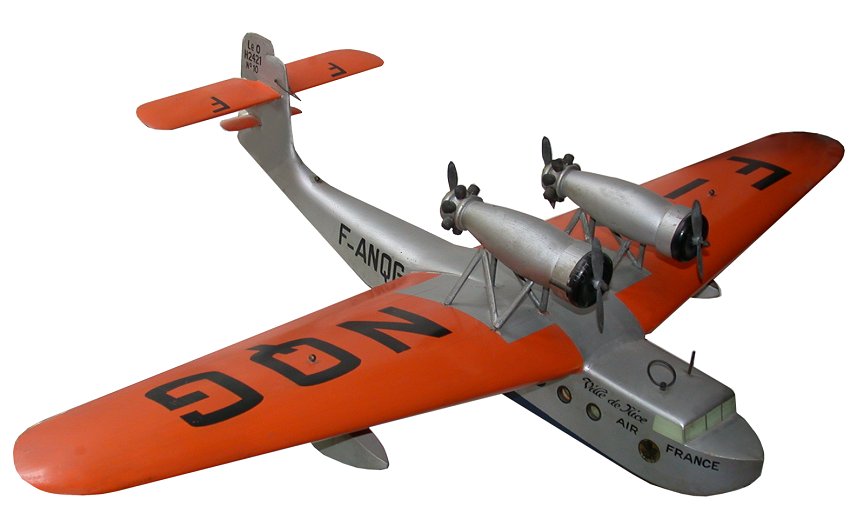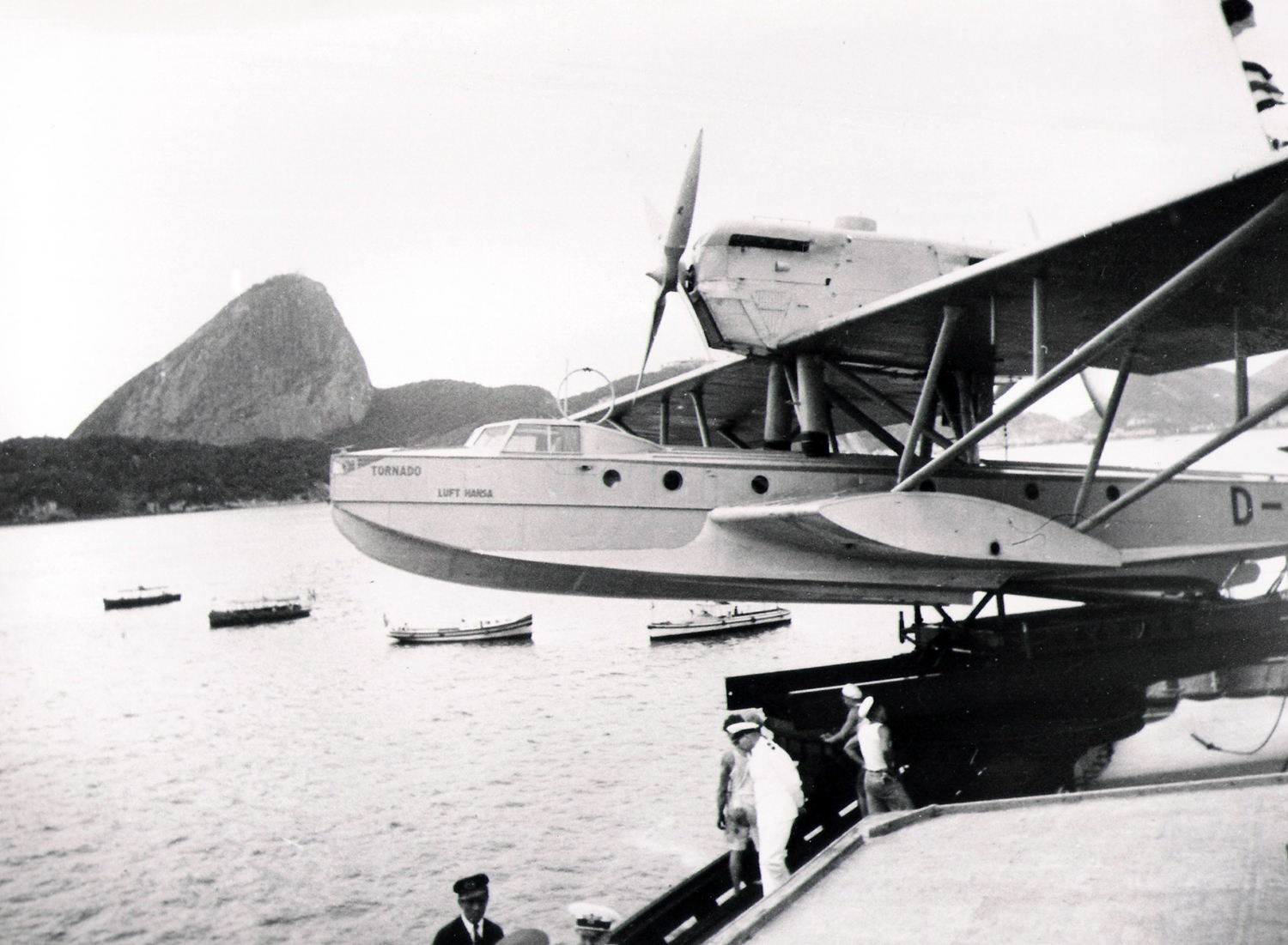Crash of a Latécoère 300 into the Atlantic Ocean: 5 killed
Date & Time:
Dec 7, 1936 at 1047 LT
Registration:
F-AKGF
Survivors:
No
Schedule:
Marseille - Dakar - Natal - Rio de Janeiro
MSN:
01
YOM:
1933
Crew on board:
5
Crew fatalities:
Pax on board:
0
Pax fatalities:
Other fatalities:
Total fatalities:
5
Circumstances:
Named 'Croix du Sud', the aircraft was performing its 25th cross Atlantic flight from France to South America. The trip was officially from Marseille to Rio de Janeiro with two intermediate stops in Dakar and Natal. Less than one hour after it left Dakar, the crew confirmed by radio he was encountering a technical problem with the rear right engine and that he was returning to Dakar. Several controls were made on this engine but an oil leak was detected and the engine must be changed. As no spare engine was available, the crew made a complete thorough cleaning and took off again from Dakar at 0643LT. Four hours later, the radio navigator sent a brief message 'we shut down the rear right engine'. This was the last message received by ground. Important SAR operations were initiated but no trace of the aircraft nor the five crew members was ever found. Among the crew was the famous French aviator and pioneer Jean Mermoz.
Crew:
Jean Mermoz, pilot,
Alexandre Pichodou, copilot,
Edgar Cruveilher, radio navigator,
Jean Lavidalie, engineer,
Henri Ezan, navigator.
Crew:
Jean Mermoz, pilot,
Alexandre Pichodou, copilot,
Edgar Cruveilher, radio navigator,
Jean Lavidalie, engineer,
Henri Ezan, navigator.













